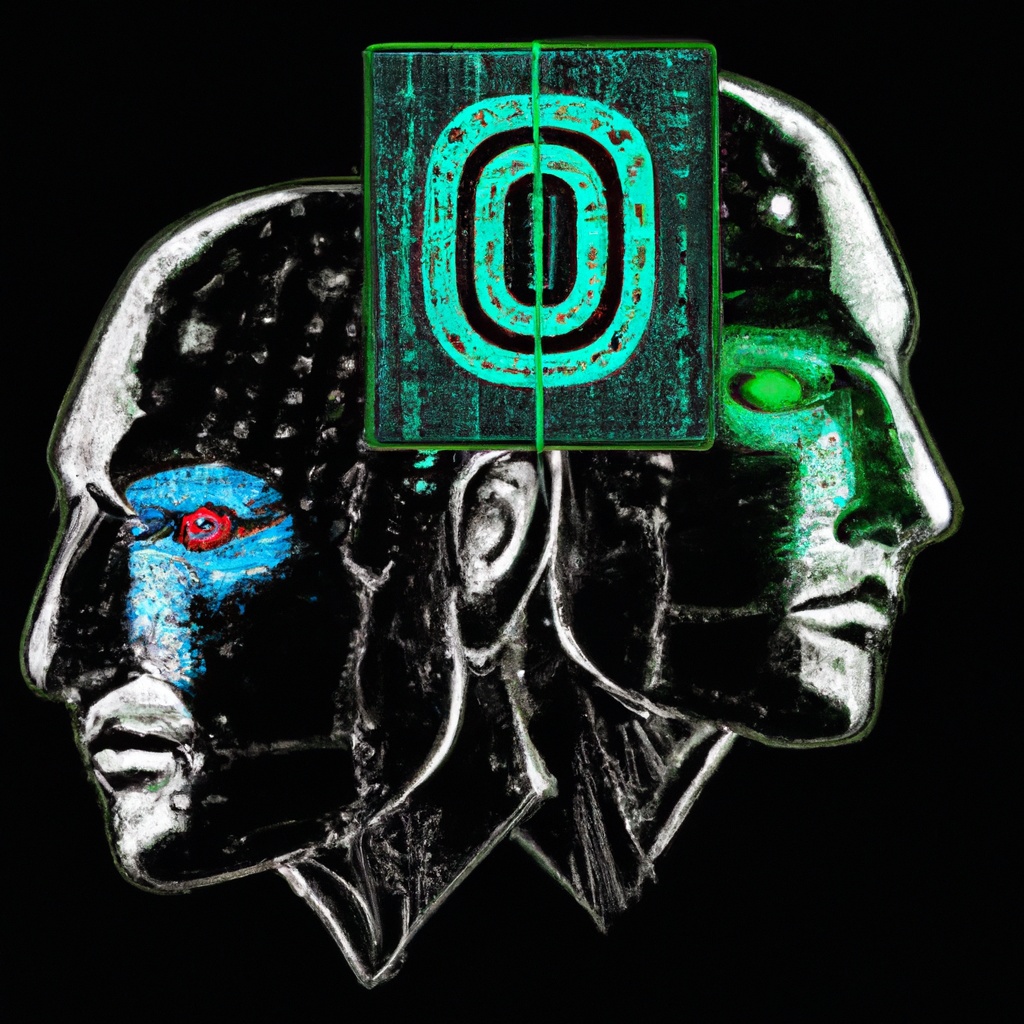Designing for print media versus digital media is akin to a battle between old-school charm and new-age technological wizardry. It’s a clash of elegance of ink on paper and the vibrant allure of pixels on a screen. It can often have new entrants into the field pulling out any remaining tufts of hair from their heads in confusion. Don’t worry though, we got you on this one. Here are 10 differences between the two that will bring clarity on the subject and hopefully purpose and meaning to your vocation. To know more about best digital marketing company in UAE
Fonts: Print media loves the classic fonts, while digital media unleashes a wild frenzy of fonts that would make old school typographers gasp in disbelief. Whether the fonts you use in digital media are readable is a whole different thing.
Cost: Print media can burn a hole in your wallet faster than a Cheetah on caffeine. Digital media, on the other hand, lets you experiment, fail, and succeed without spending a pretty penny. Make sure you pay the electricity man though.
Shelf Life: Print media can have a long shelf life, living in dusty and musty shelves or library archives. Digital media has a much shorter lifespan, they serve their purpose in a brief span before vanishing into the digital abyss.
Distribution Channels: Print media relies on physical distribution channels like mail, newsstands, and the coffee table at your local barber shop. Digital media is fearless and invades every corner, from websites and social media to spam emails and targeted ads.
Interactive Elements: Print media can’t even come close to what digital media can offer in interactivity. Want a video to play on your content? Sorry, print, no can do.
File Sizes: Print files are usually compact and easy to manage, unlike digital media, where file sizes can be ginormous! Make sure you get ample web hosting space if your offerings depend on media content on the web.
Responsiveness: Print media stays exactly as it is, never adapting or responding to changes in the environment. Digital media, however, is as adaptable as a chameleon, it’s quick to adjust to different screens, devices, or heck, even moods.
Smudges: Print media occasionally suffers from unsightly ink smudges, giving your designs an avant-garde touch. Digital media, on the other hand, is virtually smudge-proof, unless you’re eating a greasy burger while vigorously swiping your tablet.
Aesthetic Limitations: Print media must sadly conform to restrictions of paper size, binding, and ink colors. Digital media is a rebel, splashing colors and content across screens with wild abandon. It can snake its way across anything that can show a pixel.
Proofreading: In print media, once it’s printed, it’s etched in stone, engraved in history, and destined to haunt you forever if you misspell something. Digital media provides the luxury of editing on the fly, allowing you to fix typos and embarrassing errors with minimal guilt.
Whether you adore print or adore digital, both have quirks, challenges, and design opportunities. Embrace the differences, adapt, and let your creativity shine across all mediums, even if it means coffee stains or digital smudges.
Get additional information about A brief history of graphic design in the Middle East

